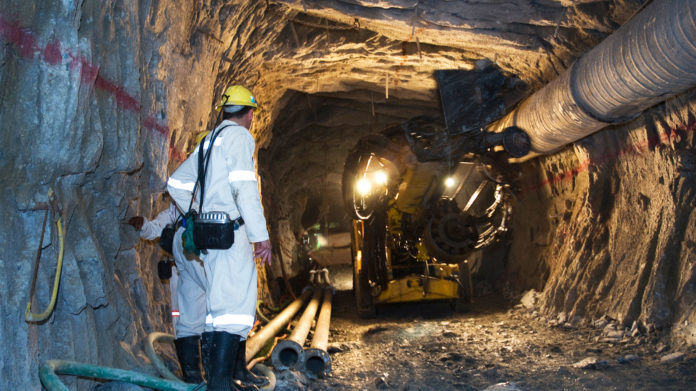
HARMONY Gold’s declaration that it would re-tool its African growth strategy seems interestingly timed as executives throughout the industry have adopted a position of ‘watchful, but doubtful’ over merger and acquisition activity. That’s because the current price of gold means this might be the top of the market, making potential targets very expensive to buy.
That would ruin Harmony’s recent track record. Its purchase of Mponeng and Mine Waste Solutions from AngloGold Ashanti for a total cash and revenue share of $470m was equal to $83 per equivalent gold ounce reserve. This compares to $98 per oz reserve paid by Newmont Mining, a US company, for Goldcorp and $277/oz paid by Chinese firm, Zijn for Continental Gold.
According to a report by McKinsey & Co, a consultancy, top amongst the CEO in-tray in the gold sector is ‘innovations in organic growth exploration’ above the imperative of ‘inorganic growth acquisitions’.
The report recommends the use of “advanced analytics to assess a wide range of data sources, including drill logs, geological models and unstructured map analysis’.
That sounds very much like consultancy-speak, but the benefit of looking closer to home in a brownfields expansion won’t be lost on Harmony which has ample gold resources on its doorstep. South Africa has significant gold, at a very deep level, that could be nonetheless incentivised by the gold price.
According to Harmony’s latest reserve and resource statement, it has 22.2 million oz in measured resource demonstrating a high level of economic confidence compared to the 18.5 million oz in ‘total’ mineral resources in its Papua New Guinea portfolio which includes the categories of indicated and inferred mineral resources about which there is less economic confidence.










